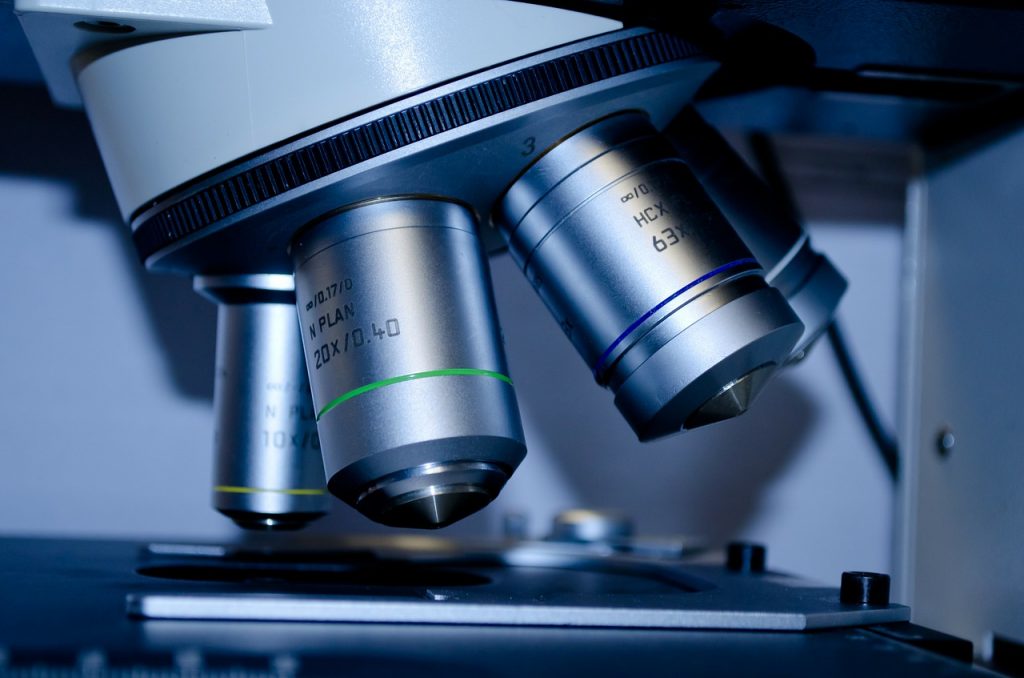Medical Drones Market size is set to exceed USD 399 Million by 2025; according to a new research report by Global Market Insights, Inc.
Technological advancements in medical drones will improve its efficiency that should increase its preference during emergency cases. Key industry players heavily invest in R&D activities to develop innovative medical drones. For instance, companies are developing drones with diagnostic imaging capabilities that will have role in assessing health in remote locations with the usage of telemedicine technology. Additionally, medical drones aid aged people and therefore, due to convenience offered by the technologically advanced medical drones, its adoption will remain high. Aforementioned factors will drive the industry growth.
Growing public acceptance towards medical drones in developing economies will surge its demand, thereby propelling business growth. Government implements certain programs and initiatives to increase the awareness level regarding availability of superior quality medical drones amongst healthcare professionals in underdeveloped economies. Government promotes usage of medical drones due several associated benefits. Thus, increasing government initiatives will escalate acceptance and adoption of medical drones thereby, fostering the industry growth. However, complications associated with medical drones may hamper industry growth to some extent.
Drugs/pharmaceutical transfer segment is anticipated to foresee around 25% growth in near future. Substantial growth is attributed to numerous capabilities of medical drone to deliver medications in remote locations at a faster pace. These drones help in delivering drugs during severe circumstances such as disasters or medical emergencies. There have been instances of medical drones saving lives of many people during natural calamities by providing necessary drugs. For instance, medical drones successfully delivered small packages of pharmaceutical drugs during earthquake, that helped people to get access to important medications. Thus, crucial role of medical drones during emergency cases will positively influence the segmental growth.
Emergency medical services segment was valued more than USD 40 million in 2018 and it will continue to grow in coming years. Lack of access to medicines during critical cases is one of the leading cause of deaths in underdeveloped regions. Medical drones efficiently deliver medications in rural facilities as they can sense and avoid obstacles. Emergency medical services help people suffering from grave conditions, and medical drones facilitate the overall process. This scenario proves beneficial for the business growth as it augments demand for medical drones in emergency cases.
UK medical drone market is anticipated to witness more than 25% growth during the forecast period. Extensive research is being conducted on delivering blood or medicines in remote areas of Wales. Furthermore, improving regulatory scenario for medical drones will prove beneficial for the industry growth. Above mentioned factors coupled with increasing number of emergency cases in certain areas of UK will foster the medical drones market in the country during the analysis timeframe.
Notable industry players operational in medical drones market are DHL, DJI, Embention, Flirtey, Matternet, Vayu and Zipline. These key industry players implement several strategies such as new product launches, partnerships and distributional channel expansion in new locations that will help them to sustain and capture higher market share. For instance, in March 2019, UPS partnered with Matternet for delivering medical samples by the usage of drone. This strategy will help the company to upsurge medical delivery, improve patient experience thereby, gaining lucrative market share.
Guest author: Mr. Sumant Ugalmugale
is a research lead at Global Market Insights, He has authored several reports in Healthcare and Medical devices Industry. He graduated from National Institute of Pharmaceutical Education and Research (NIPER) with an MBA degree. Formerly worked on Pharma Forecasting engagements with Novartis and IQVIA.

